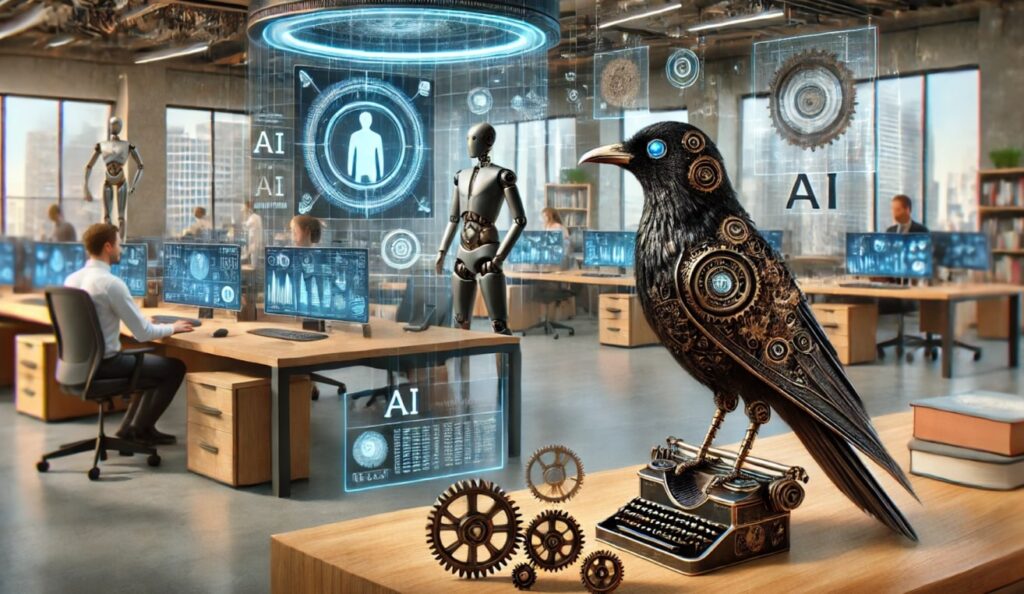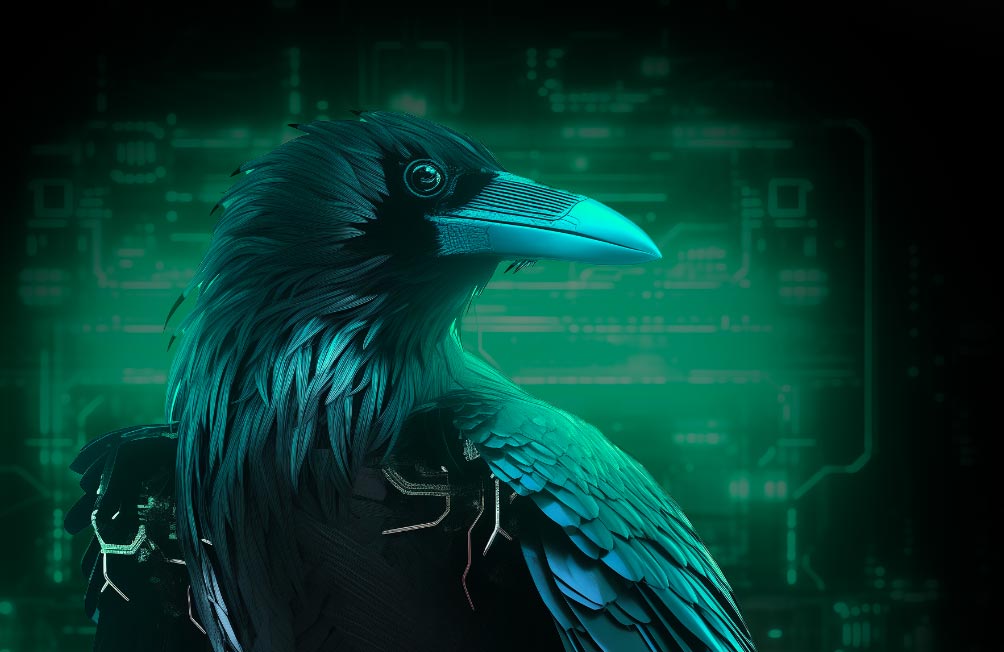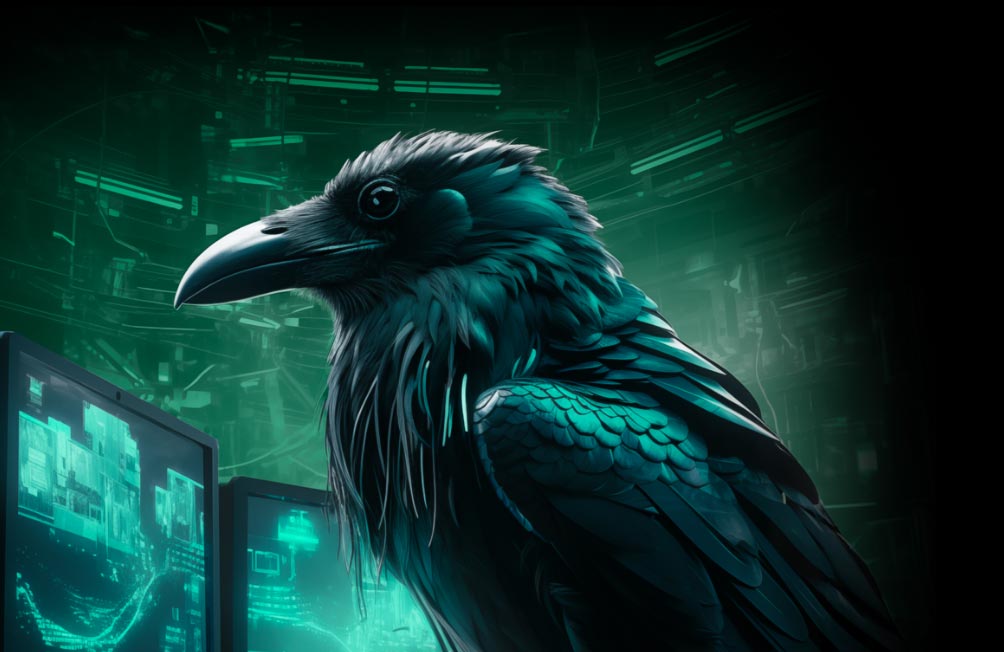How Artificial Intelligence IT “Worker” Agents Are Reshaping Organizations
As AI agents become integral to daily operations, companies must rethink governance, transparency, and oversight. Should IT be solely responsible, or should managers and HR play a larger role in AI decision-making and workforce integration?

Image: Dall-E 3
As artificial intelligence systems take on more responsibilities within organizations, a growing debate is emerging over who should oversee these digital workers. Should IT departments alone manage AI oversight, or do managers and other professionals also have a role to play?
The increasing presence of AI in daily operations demands a fundamental reassessment of organizational structures, accountability, and decision-making. While IT teams will inevitably play a role in implementing and maintaining AI systems, entrusting them with full oversight may lead to inefficiencies and a lack of domain-specific expertise.
Instead, companies must develop governance frameworks that involve cross-functional oversight, ensuring managers are equipped with the tools to evaluate and integrate AI into workflows responsibly. Transparency, accountability, and adaptability will be critical as organizations navigate the challenges of an AI-driven workplace. Here are three key areas that require attention as businesses rethink the role of AI in their operations.
LEARN: What Is Narrative Intelligence?
Transparency, Auditability, and Explainability
One of the biggest challenges in managing AI agents is ensuring their decisions are transparent and explainable. Just as human employees require oversight, AI systems must be auditable to build trust. Many organizations hesitate to fully embrace AI due to its “black box” nature—where the reasoning behind decisions is unclear.
To address this, businesses must implement clear structures for tracking AI decision-making. Domain experts need access to explainability tools to evaluate AI-driven recommendations and intervene when necessary. AI should not remain the exclusive domain of IT; specialized managers must have visibility into how AI reaches its conclusions and how it aligns with business goals.
Key takeaway: AI systems should not remain siloed within IT. Instead, managers must be equipped with transparency tools to oversee AI decision-making just as they do for human teams.
LEARN MORE: The World Economic Forum recently ranked narrative attacks created by misinformation and disinformation as the #1 global risk for the second consecutive year. Harmful narratives also fan the flames of the top five risks, including extreme weather, state-based armed conflict, societal polarization, and cyber espionage. Check out the report here.
Avoiding Unnecessary Centralization
IT’s role in managing AI is critical, but it shouldn’t dictate how AI is used across all departments. Some experts have pushed back on Huang’s comments by arguing that IT should not decide how work gets done, but I believe this presents a false equivalence. Currently, HR does not dictate workflows for human employees; rather, it facilitates hiring, benefits, and compliance while more specialized managers drive execution in their departments. Similarly, AI governance should be decentralized, allowing subject-matter experts to integrate AI into their operations effectively. In this way, Huang’s analogy does hold up in my opinion.
A company-wide understanding of AI capabilities is essential. When managers and employees understand AI’s strengths and limitations, they can make informed decisions about its use. IT departments should handle provisioning, security, and compliance, but the day-to-day application of AI should be managed by those who understand the business context best.
Key takeaway: Centralizing AI oversight within IT risks inefficiency. Instead, organizations should empower managers to integrate AI into their workflows while IT ensures proper governance.
The New Era of “Hiring” AI Agents
The assumption that businesses can simply “get AI to do it” is misleading. The trend is toward highly specialized AI agents—each designed for different functions, from marketing to financial forecasting. Organizations must treat AI selection like hiring: evaluating different models, testing their performance, and choosing the best fit.
This means managers must define evaluation metrics clearly. Human hiring is one of a business’s most challenging and critical functions. Decisions that can often make or break a company must be made rapidly and from minimal information, and it’s difficult to undo mistakes in those choices as human workers are (one hopes) less “disposable” than AI agents. Unlike human hiring, AI trials can be run in parallel, allowing rapid testing and iteration; this is a huge advantage. However, without robust key performance indicators (KPIs), businesses risk trial-and-error deployments that waste time and resources. Establishing well-defined success metrics—such as accuracy, speed, and reliability—allows managers to select and refine AI models that genuinely enhance productivity.
Key takeaway: AI Agent hiring presents new strengths and challenges. Managers must be skilled in defining AI success metrics, conducting rapid evaluations, and iterating on AI deployment. The right KPIs ensure businesses select AI agents that align with their goals.
The Way Forward – Takeaways for Organization Leaders
Integrating AI into the workforce is more than a technological shift—it’s an operational and cultural transformation. Organizations must rethink governance models to ensure AI systems are transparent, decentralized, and effectively managed. By equipping managers with the right tools and frameworks, companies can seamlessly integrate AI into their workflows while maintaining control and oversight.
Establish Clear AI Oversight Frameworks: Develop governance models that include IT, HR, and department managers to ensure AI decisions are transparent and aligned with business goals.
Empower Domain Experts with AI Tools: Equip managers with the knowledge and tools necessary to evaluate, refine, and integrate AI agents effectively within their teams.
Develop Rapid AI Evaluation Processes: Implement clear KPIs to measure AI performance, enabling quick adaptation and improvement while preventing inefficiencies in AI deployment.
As AI becomes a permanent fixture in business operations, companies must move beyond viewing it as another IT tool. Instead, AI should be treated as a new worker, requiring oversight, evaluation, and continuous refinement. By balancing IT governance with managerial expertise, businesses can harness AI’s potential while ensuring it remains a reliable and accountable part of the workforce.
- To receive a complimentary copy of The Forrester External Threat Intelligence Landscape 2025 Report, visit here.
- To learn more about how Blackbird.AI can help you in these situations, book a demo.
Paul Burkard • Chief AI Officer
Paul Burkard is an experienced Data Scientist who solves complex problems across disciplines, specializing in Python, Machine Learning, Natural Language Processing, Big Data, and Web Technologies.
Paul Burkard is an experienced Data Scientist who solves complex problems across disciplines, specializing in Python, Machine Learning, Natural Language Processing, Big Data, and Web Technologies.
Need help protecting your organization?
Book a demo today to learn more about Blackbird.AI.



